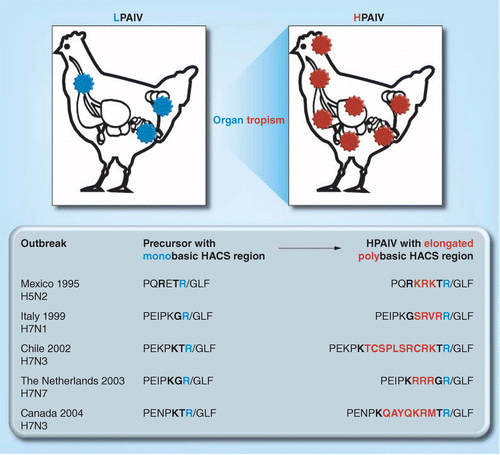There are two major avian influenza types. The A(H5) and the B(H7) viruses are the most common. Both strains cause severe disease in humans, and have mutated enough to become more transmissible. While human-to-human transmission of avian influenza has occurred in the past, it is unlikely to become widespread. It is, however, important to note that the H7 strain is more deadly than the other two subtypes.
There are several different kinds of avian influenza. The H5N1 and H7N9 clusters are the most common and can cause severe illness. The H7N9 subtype has the highest mortality rate of all the avian influenza strains. The symptoms vary from person to person, but they typically include cough and fever. Depending on the type, symptoms can range from mild to severe. Many avian influenza infections can be life-threatening and require medical attention.
Various other avian influenza viruses can cause varying degrees of human illness. The most common infection is the A(H7N9), which causes respiratory disease in humans. It also causes unusually high mortality in poultry. The World Health Organization has classified H7N9 as a potentially dangerous avian influenza virus and has reported 43 human deaths. The virus is most likely to cause fatality in poultry, but it has not been linked to any human infections.
The H7N9 subtype of avian influenza is the most dangerous. It has the potential to spread to humans. It first infected humans in 2013 in China, and the virus has become very contagious in the region. There are also many human infections due to this strain. The World Health Organization has classified H7N9 as an unusually dangerous avian influenza virus and has been associated with 43 deaths.
The H7N9 avian influenza virus was first identified in the United States in 2002. This strain was originally discovered in Hong Kong, where people were feared to be infected. But it is now known to be highly pathogenic. This subtype of avian influenza is the cause of most human diseases. While it is still important to avoid contact with birds, this virus has been known to spread among humans. Despite the potential danger, there are many ways to avoid the disease and prevent its spread. Read more about this on the health website https://palermo-store.it/.

The avian influenza virus is a natural vector for humans. It is important to protect poultry from this disease. The virus is a highly contagious pathogen. Most infections are caused by the H7 strain. Some people may develop a weakened immune system after contracting the disease. A weak immune system can be fatal. Although it is not a serious condition, it can cause serious complications in a person.
The most common avian influenza virus is the H5N1. It has a high fever and cough. It can cause pneumonia. Symptoms may include abdominal pain, bleeding from the nose, and chest pain. It may also cause encephalitis or multi-organ dysfunction. Acute infection can lead to death. The virus may also infect people. In some cases, it can spread to humans. There are two main avian influenza types. The first type is H5N1 infecting humans.
Infection with the H5N6 virus is the most common avian influenza virus. It is known to cause respiratory illness in poultry. The H5N6 avian influenza virus is the most dangerous. This avian influenza type is highly contagious, causing a high death rate. The most common avian influenza in humans is the H5N9 subtype. Those infected with the virus will have a fever, cough, and diarrhea. Some cases will experience respiratory vomiting, while others will have no symptoms.
The H5N6 avian influenza virus is composed of eight gene segments. The genes are represented by horizontal bars. Each segment has its own specific genetic makeup. The GD/S3073 avian influenza virus is from a duck. The HA5N6 avian influenza type is also known as H7N7. A(H9) virions are often lethal in chickens. They are usually transmitted in large numbers by humans.
The H5N5 avian influenza virus has different receptors. The earliest human H3 and H5N8 avian influenza viruses differ from their avian ancestors in their preference of interacting with the a-2, 3-linked sialic acid receptors. The a-2, 3-linked sialic acids of the avian adenovirus are essential for efficient replication in humans.